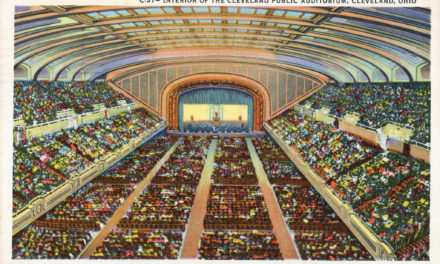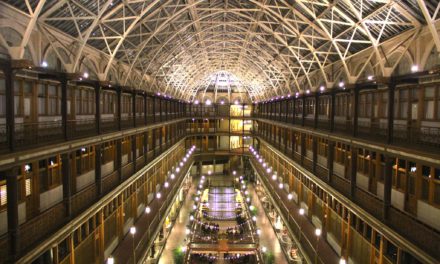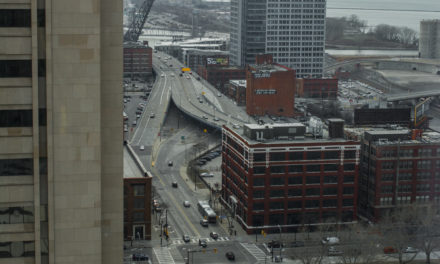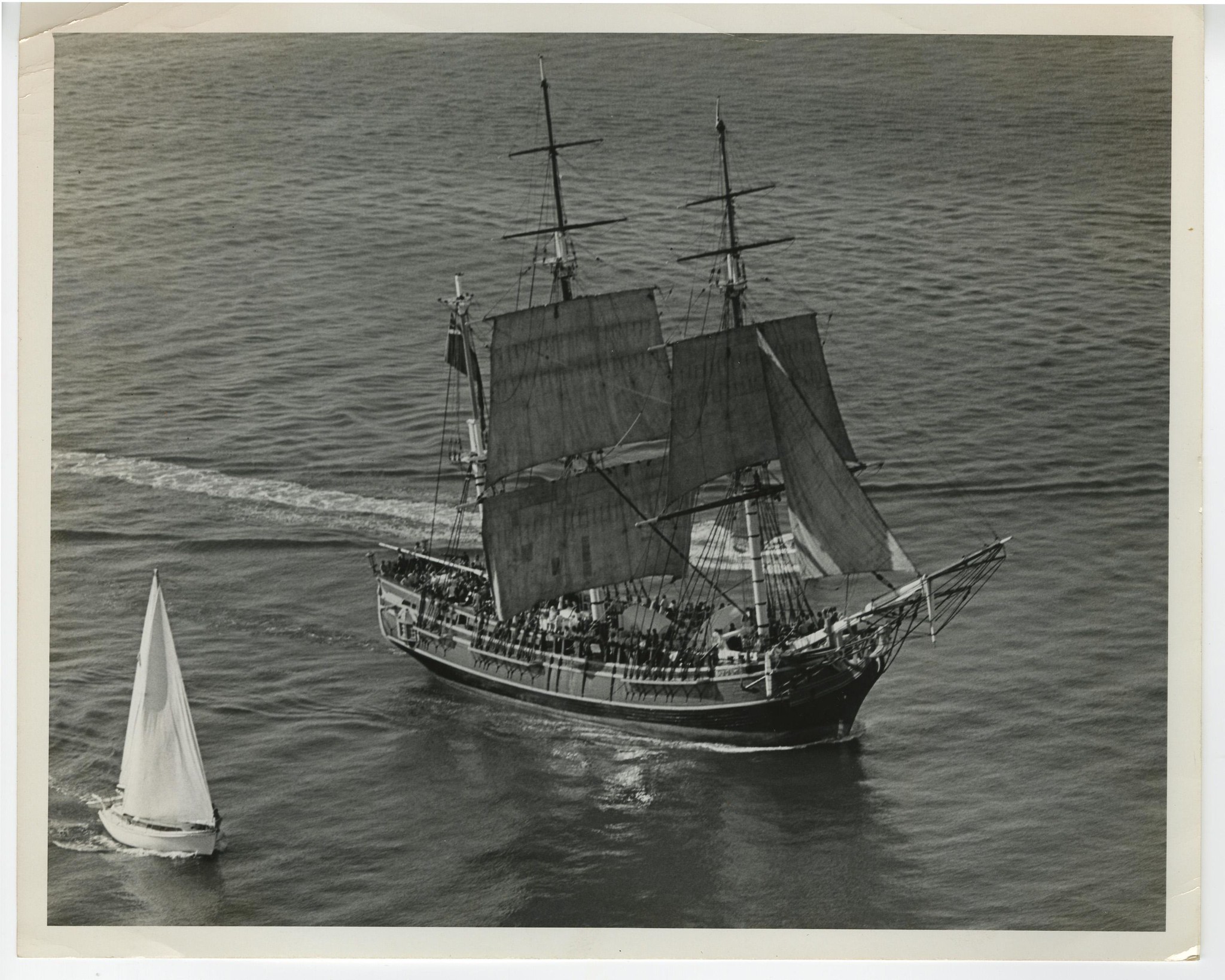Cleveland History
June 24, 1968: The Cuyahoga River caught fire near Cleveland due to industrial pollution, which drew national attention and spurred major environmental legislation in the United States, including the Clean Water Act.
June 25, 1938: The Terminal Tower complex, an iconic part of Cleveland’s skyline, was officially completed. It stood as one of the tallest buildings outside New York City at the time and symbolized Cleveland’s economic prosperity.
June 26, 1974: The Universal Product Code (UPC) was scanned for the first time to sell a package of Wrigley’s chewing gum at the Marsh Supermarket in Troy, Ohio, near Cleveland. This marked the first commercial use of a barcode.
June 28, 1997: The Cleveland Indians hosted the 68th Major League Baseball All-Star Game at Jacobs Field (now known as Progressive Field), highlighting Cleveland’s status as a key city for sports.
June 29, 1964: The Cleveland Museum of Art unveiled a major expansion, significantly enhancing its gallery space and facilities for educational programs, solidifying its reputation as one of the leading art institutions in the nation.
World History
June 24, 1812: Napoleon Bonaparte’s Grande Armée crossed the Neman River, marking the beginning of the disastrous invasion of Russia.
June 25, 1950: The Korean War began when North Korean forces crossed the 38th parallel into South Korea, leading to a three-year conflict involving United Nations forces led by the United States.
June 26, 1945: The Charter of the United Nations was signed in San Francisco, establishing the United Nations after World War II to promote international cooperation and to prevent future conflicts.
June 28, 1914: Archduke Franz Ferdinand of Austria and his wife, Sophie, were assassinated in Sarajevo, an event that precipitated the outbreak of World War I.
June 30, 1908: The Tunguska event, the largest impact event on Earth in recorded history, occurred in Siberia, Russia. An explosion, likely caused by the airburst of a small comet or asteroid, flattened an estimated 80 million trees over an area of 2,150 square kilometers (830 sq mi).






